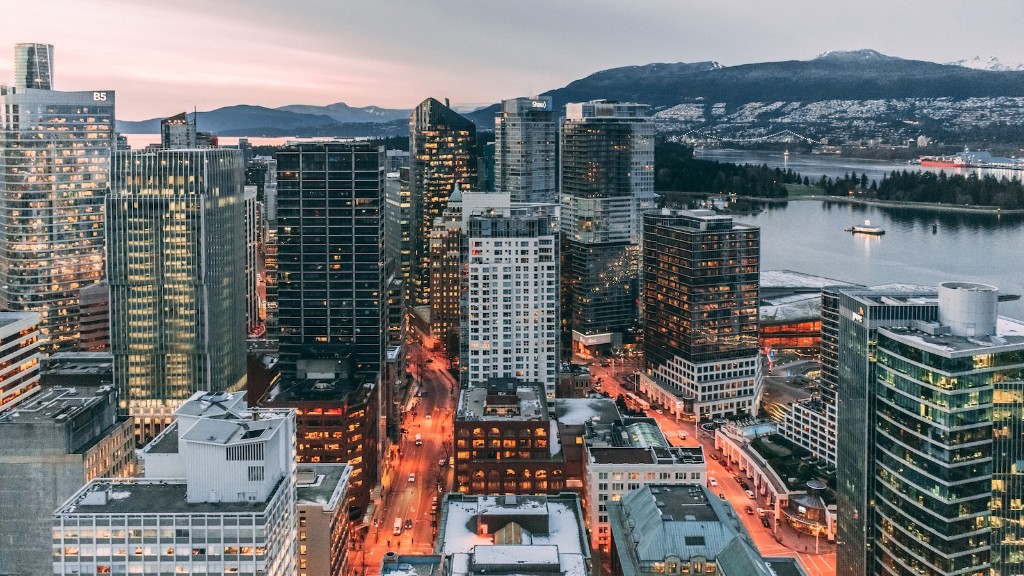Can Bubble Wrap Be Recycled in Toronto?
When it comes to reducing waste and promoting sustainability, recycling is essential. However, not all materials are as straightforward to recycle. One such item is bubble wrap, a popular packaging material known for its protective cushioning properties. In this article, we will explore whether bubble wrap can be recycled in Toronto, providing background information, relevant data, perspectives from experts, and our own insights.
Background Information
Bubble wrap is typically made from low-density polyethylene (LDPE), a type of plastic that is lightweight, flexible, and versatile. While it provides excellent protection for fragile items during transportation, its recyclability can be a challenge due to its composition and specific characteristics.
Recycling Challenges
The main challenge in recycling bubble wrap lies in its air-filled bubbles. As a result, bubble wrap is not accepted in the regular curbside recycling pickup in Toronto. Its lightweight nature also causes it to get easily tangled in sorting machinery, leading to potential disruptions and damage to recycling facilities.
Furthermore, bubble wrap often comes in combination with other materials, such as paper or cardboard, which require separate recycling processes. In these cases, the different materials need to be separated before they can be recycled effectively.
Expert Perspectives
According to Mike Smith, a recycling expert, “Bubble wrap can be recycled, but it requires specific collection and processing methods. In Toronto, there are alternative options available for recycling bubble wrap.”
Smith points out that several retail locations, such as shipping and packaging supply stores, often accept clean and deflated bubble wrap for recycling. Additionally, some recycling centers or drop-off points in Toronto that specialize in plastic film recycling may accept bubble wrap along with other types of LDPE plastic.
Relevant Data
- Approximately 39,000 tonnes of plastic packaging waste were generated in Toronto in 2020. (Source: City of Toronto)
- Bubble wrap and other plastic films account for a significant portion of plastic packaging waste. (Source: City of Toronto)
- The recycling rate for plastic packaging waste in Toronto is currently around 32%. (Source: City of Toronto)
Our Insights and Analysis
While bubble wrap poses recycling challenges, it is important for individuals and businesses to actively seek alternative recycling options to prevent it from ending up in landfills. By utilizing the available collection points, encouraging responsible disposal, and educating the public, the recycling rate for bubble wrap and other plastic films can be increased.
Moreover, reducing the consumption of bubble wrap by exploring alternative packaging materials or reusing it multiple times can also help minimize environmental impact. Additionally, properly deflating and flattening bubble wrap before recycling can make it easier to process and reduce sorting complications.
Section 2: Alternatives to Bubble Wrap
When it comes to packaging, there are several alternatives to bubble wrap that are more eco-friendly and easily recyclable:
Newspaper
Old newspapers serve as an excellent substitute for bubble wrap when it comes to padding and protecting fragile items. Simply crumple the newspaper sheets and use them as cushioning material. Afterward, newspapers can be easily recycled along with other paper products.
Air Pillows
Air pillows, made from recyclable plastic, provide a similar protective function as bubble wrap. These lightweight and inflatable packaging materials can be deflated and recycled through specific plastic film recycling programs.
Molded Pulp
Molded pulp, often derived from recycled paper, is an eco-friendly packaging material made up of moulded fibers. It provides a cushioning effect and can be easily recycled with other paper products.
Biodegradable Packing Peanuts
Biodegradable packing peanuts made from renewable resources, such as cornstarch, are an environmentally friendly option. These peanuts dissolve in water and can be composted or safely disposed of in landfills.
Section 3: Reusing Bubble Wrap
Instead of immediately discarding bubble wrap, another environmentally friendly option is to reuse it for various purposes:
Shipping and Storage
Bubble wrap can be reused for shipping packages or storing fragile items. By carefully removing it from previous packages, it can serve its protective function multiple times before recycling or disposal.
Insulation
Bubble wrap can also provide insulation when used in windows or drafty areas. It creates an extra layer of thermal resistance, helping to conserve energy and reduce heating or cooling costs.
Arts and Crafts
Bubble wrap can be used for arts and crafts projects. Its unique texture and cushioning properties make it suitable for creative applications such as painting, printing, or even as a sensory material for children.
Donation
If you have excess bubble wrap that you won’t be using, consider donating it to local businesses, art studios, or schools. They may find inventive ways to utilize bubble wrap for their specific needs.
Section 4: Conclusion
While bubble wrap may pose certain recycling challenges in Toronto, it is not entirely non-recyclable. Various recycling options exist, including retail locations and specialized recycling centers, where bubble wrap can be accepted. By raising awareness, promoting responsible disposal, and exploring alternative packaging materials, we can contribute to a more sustainable and eco-friendly future.





